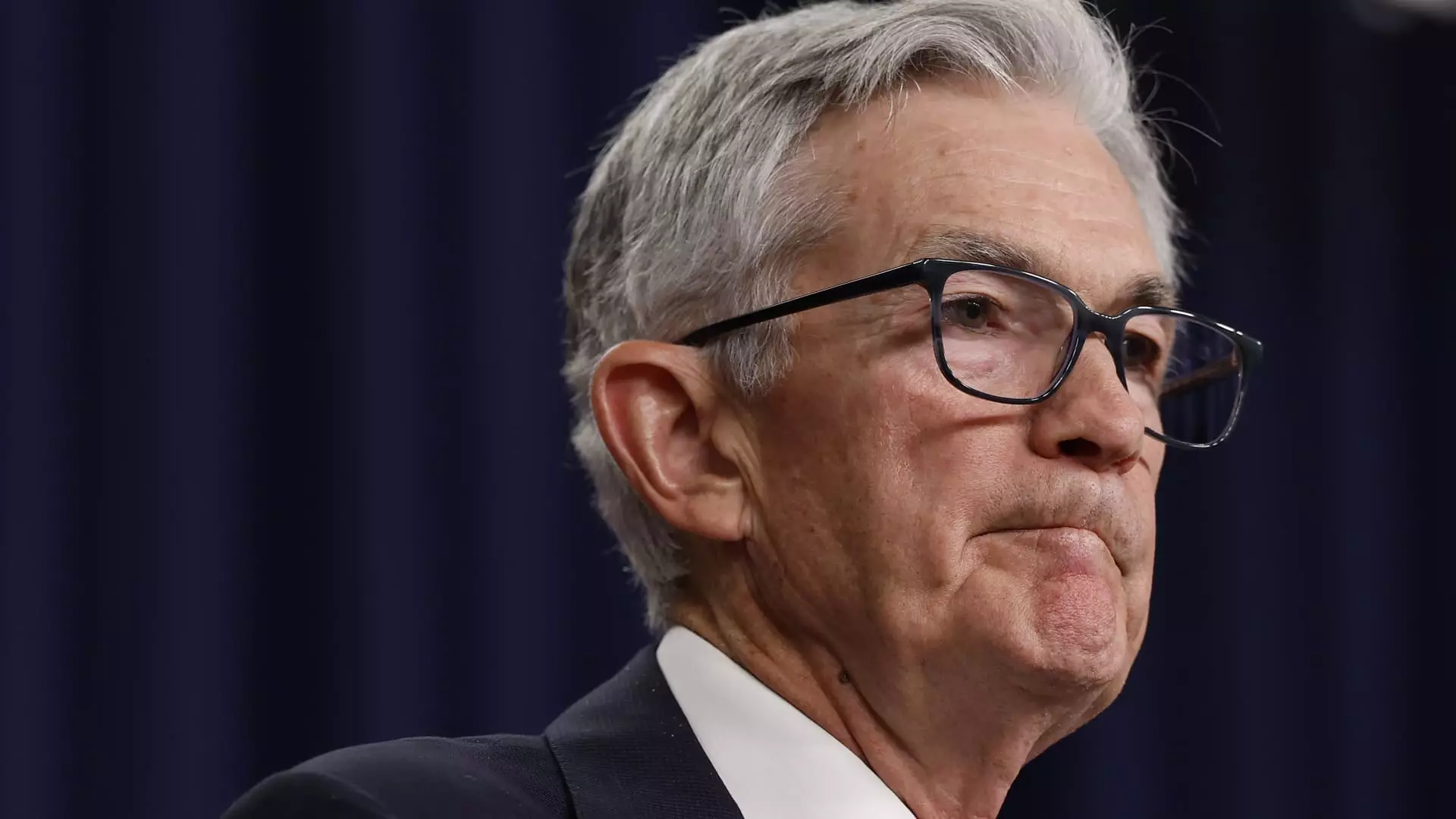The Federal Reserve’s decision-making around interest rates plays a pivotal role in shaping the United States’ economic landscape. The latest meeting in September has stirred a mix of strategic moves and conflicting opinions among the members of the Federal Open Market Committee (FOMC). The minutes released from this meeting provide a comprehensive view that warrants further analysis to understand the implications of the recent half-percentage-point rate cut.
At the core of the September meeting was the consensus to lower the interest rates, albeit with differing levels of enthusiasm among officials. The decision to cut rates by 50 basis points marked a significant shift; it was the most substantial reduction in over four years. The deliberations revealed deep divisions regarding the current economic environment. Some members advocated for a more cautious approach, suggesting a 25 basis point reduction instead. This was particularly driven by concerns over either ensuring inflation was on a sustainable downward trajectory or worries related to the labor market’s stability.
The cautious sentiment surrounding the discussion is significant; it illustrates that while some members felt emboldened to make a bold move, others were wary and sought a more nuanced and gradual approach to monetary policy. This divergence of opinion is reflective of the complexities inherent in policymaking, particularly in a time when labor market indicators suggested resilience against economic headwinds. Such indecision hints at a political maneuvering within the Fed, which historically has prided itself on unity.
The ramifications of the Fed’s decision extended beyond mere adjustments to the interest rates. Since the September meeting, economic indicators have painted a picture of a robust labor market. Nonfarm payrolls eclipsed expectations by adding 254,000 jobs in September, and the unemployment rate fell to 4.1%. This starkly contradicts the fears that motivated calls for a quarter percentage point cut. The persistent strength of the labor market, juxtaposed with the rate cut, raises questions about the Fed’s future moves.
Chair Jerome Powell’s indication that the rate-cutting cycle may continue further into 2024 suggests a strategic long-term outlook, yet it calls into question the immediate need for such aggressive easing in light of bolstering economic indicators. The decision to implement a 50 basis point cut, despite the encouraging job growth statistics, indicates a broader strategy aimed not just at bolstering the economy but at recalibrating path forward.
A key phrase emerging from the discussions was “recalibration.” Powell emphasized that this strategic adjustment should not be misconstrued as a sign of a bleak economic outlook but rather a tactical response to current conditions. The minutes underscored a need to align monetary policy more closely with the evolving economic realities, specifically regarding inflation and labor market trends. However, there lies a delicate balance between responding to short-term pressures and adhering to long-term goals.
Supporters of the half-point cut argued that it was essential for sustaining labor market strength and promoting progress on inflation. Nevertheless, such an aggressive alteration runs the risk of misalignment with a possibly overachieving labor market. This misalignment could spark either inflationary pressures or create an artificial economic environment that is not well-rooted in sustainable growth.
Market reactions following the Federal Reserve’s decisions have been muted, with major stock averages showing resilience despite geopolitical and domestic uncertainties. The bond market, however, has experienced notable fluctuations, evidenced by the sharp rise in 10- and 2-year Treasury yields post-meeting. This indicates a potential skepticism regarding the Fed’s trajectory, as market participants recalibrate their expectations based on the likelihood of future increases.
While economic futures pricing suggests a gradual easing, the current market volatility poses a risk. The stark contrast between how different markets have reacted calls for heightened vigilance from policymakers. The FOMC’s historical preference for quarter-point adjustments reflects a cautious approach to avoid destabilizing the broader economy. Thus, the environment moving forward is fraught with both opportunity and risk, necessitating the Fed and stakeholders to remain agile and responsive.
The September meeting and subsequent decisions reflect a complex interplay of economic indicators, policymaking strategies, and market expectations. As the Federal Reserve engages in this multifaceted balancing act, the coming months will undoubtedly require sustained scrutiny as both economic conditions and institutional philosophies evolve.

